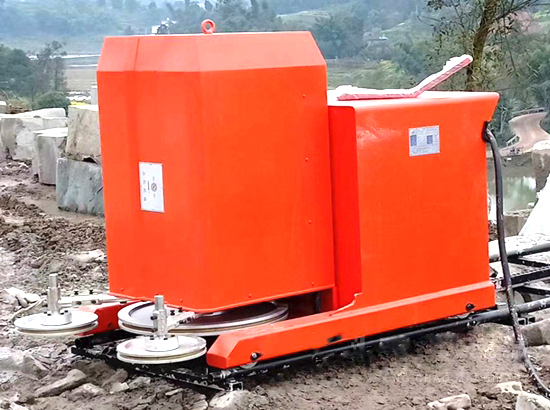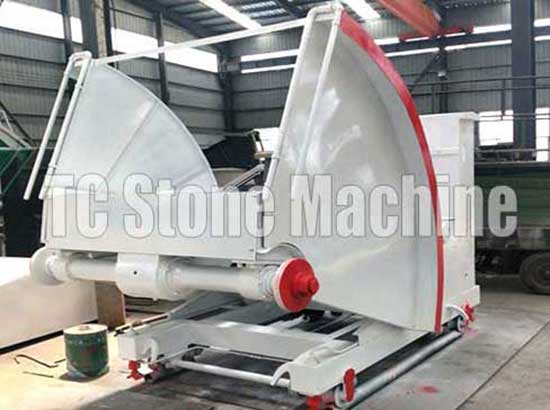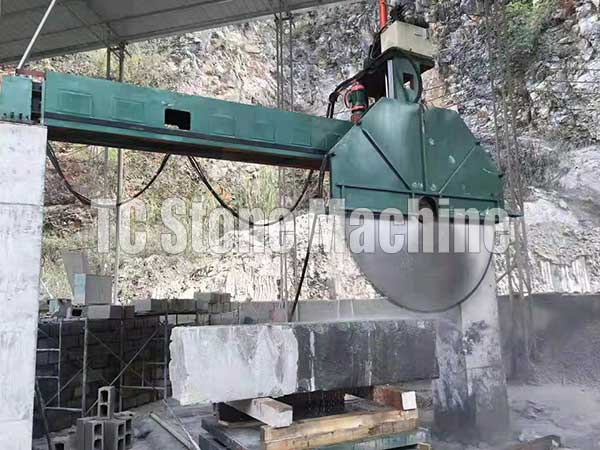Dry Cutting Marble
Dry Cutting Marble: Tips, Tools, and Techniques
Marble is a beautiful, natural stone that is often used in construction, sculpture, and other decorative projects. One of the most common methods used to cut marble is dry cutting. In this article, we will discuss the tools and techniques required for dry cutting marble.
 To dry cut marble, you will need a circular saw, a diamond blade, a dust mask, safety goggles, and hearing protection. When it comes to choosing a diamond blade, it's important to choose one that is specifically designed for dry cutting. These blades have a different design than those used for wet cutting and can handle the increased heat generated during dry cutting.
To dry cut marble, you will need a circular saw, a diamond blade, a dust mask, safety goggles, and hearing protection. When it comes to choosing a diamond blade, it's important to choose one that is specifically designed for dry cutting. These blades have a different design than those used for wet cutting and can handle the increased heat generated during dry cutting.
 When dry cutting marble, there are several techniques you can use to ensure a smooth, safe cut. First, make sure to wear safety gear, including a dust mask, safety goggles, and hearing protection. Next, ensure that the blade is installed correctly and tightened securely. When cutting, start at a slow speed and gradually increase the speed as you cut. Be sure to keep the blade moving in a smooth, steady motion to avoid chipping.
When dry cutting marble, there are several techniques you can use to ensure a smooth, safe cut. First, make sure to wear safety gear, including a dust mask, safety goggles, and hearing protection. Next, ensure that the blade is installed correctly and tightened securely. When cutting, start at a slow speed and gradually increase the speed as you cut. Be sure to keep the blade moving in a smooth, steady motion to avoid chipping.

What is Dry Cutting Marble?
Dry cutting marble is a method of cutting marble using a circular saw without the use of water. Instead of using water to cool the blade while cutting, dry cutting uses air to keep the blade cool. This method has several advantages, including reduced mess and faster cutting times.The Tools Required for Dry Cutting Marble
 To dry cut marble, you will need a circular saw, a diamond blade, a dust mask, safety goggles, and hearing protection. When it comes to choosing a diamond blade, it's important to choose one that is specifically designed for dry cutting. These blades have a different design than those used for wet cutting and can handle the increased heat generated during dry cutting.
To dry cut marble, you will need a circular saw, a diamond blade, a dust mask, safety goggles, and hearing protection. When it comes to choosing a diamond blade, it's important to choose one that is specifically designed for dry cutting. These blades have a different design than those used for wet cutting and can handle the increased heat generated during dry cutting.
Techniques for Dry Cutting Marble
 When dry cutting marble, there are several techniques you can use to ensure a smooth, safe cut. First, make sure to wear safety gear, including a dust mask, safety goggles, and hearing protection. Next, ensure that the blade is installed correctly and tightened securely. When cutting, start at a slow speed and gradually increase the speed as you cut. Be sure to keep the blade moving in a smooth, steady motion to avoid chipping.
When dry cutting marble, there are several techniques you can use to ensure a smooth, safe cut. First, make sure to wear safety gear, including a dust mask, safety goggles, and hearing protection. Next, ensure that the blade is installed correctly and tightened securely. When cutting, start at a slow speed and gradually increase the speed as you cut. Be sure to keep the blade moving in a smooth, steady motion to avoid chipping.
Advantages of Dry Cutting Marble
Dry cutting marble has several advantages over wet cutting. First, it creates less mess and produces less slurry, which can be difficult to clean up. Second, it can be faster than wet cutting, as there is no need to stop and refill the water tank. Finally, it can be easier to see the cut line when dry cutting, as there is no water to obscure the view.
Disadvantages of Dry Cutting Marble
While there are advantages to dry cutting marble, there are also some disadvantages. One of the main disadvantages is that it can produce more dust than wet cutting, which can be a health hazard if proper safety measures are not taken. Additionally, dry cutting can generate more heat, which can cause the blade to wear out more quickly.Conclusion
Dry cutting marble is a useful technique that can be faster and less messy than wet cutting. However, it's important to take proper safety precautions and use the right tools and techniques to ensure a safe, clean cut. Whether you are cutting marble for a construction project or a decorative piece, dry cutting can be a great option to consider.Request for Quotation
[contact-form-7 id="59" title="Contact form 1"]




